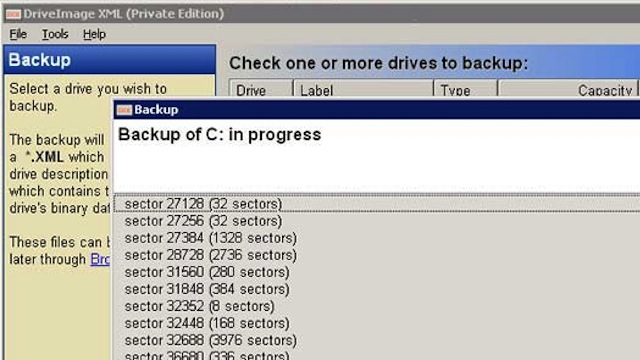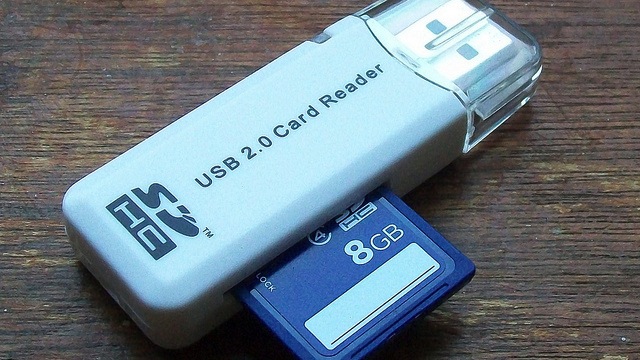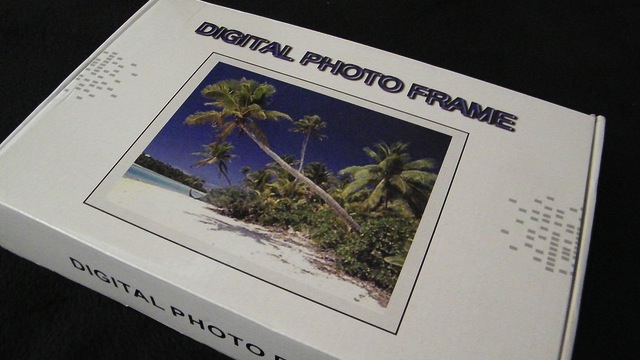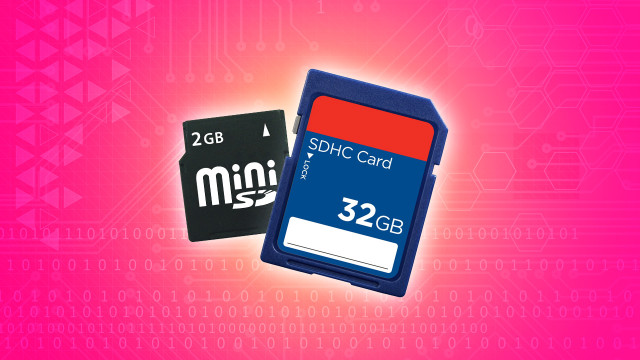If you’ve been through a couple of smartphones by now, or have owned more than one digital camera in your lifetime, you probably have a few SD cards lying around that you don’t know what to do with. Even if they’re tiny compared to today’s massive 32GB+ SD cards, they can still be useful. Here are a few creative things you can do with them.
Create an Emergency/Alternate Boot Drive for Your PC
Depending on the size of the SD card you have to work with, you could very well drop a full installation of Windows or OS X on it, and use it to boot your computer. You wouldn’t want to run your OS off an SD card every day, but it could be helpful to have around if you need emergency boot media to troubleshoot a problem, scan for viruses or malware, or reset your system password. As long as your computer is capable of booting to an SD card (you’ll need to check your BIOS to make sure it is), you can turn almost any SD card (as long as it’s at least a few GB) into a boot disk you can use to rescue or repair your own computer, or boot someone else’s. You can even configure the installed OS with a few apps you can’t live without.
Both Windows and OS X make it pretty easy to do this, but if you really want to go all out, try installing Linux on that SD card instead. UNetbootin, a tool we’ve shown you how to use, makes it a one-click process to write a live image of the Linux distribution you prefer to an installed SD card in moments. Alternatively, you could use previously mentionedRMPrepUSB to get the job done.
Keep Rotating Images of Your Computer in Case of Emergency

In a similar vein to using an SD card as emergency boot media, if your cards are large enough you can use them to store whole system images from your favourite backup utility. If you have a few GB on your card, you can fill it up with a current image of your PC, and keep that on hand or someplace safe in case you ever need to re-image your computer. Best of all, there’s nothing like keeping a full image nearby to make it easier to just wipe and re-image if you run into a serious problem (instead of wasting time trying to troubleshoot it).
Our favourite disk imaging tool for Windows, DriveImage XML, supports writing to and reading from SD cards, as does our pick for OS X, Carbon Copy Cloner. If you have a lot of cards, you can rotate them and date them. If you only have one, you can schedule your imaging operation to take place weekly, monthly, whatever you like.
Turn Them Into Super-Portable USB Drives

If your computer has a card reader attached, you can just use those spare SD cards as extra storage for music, photos or media. If your TV has an SD card reader, you can even just load it up with movies, music or photos, and leave it plugged into your TV — it certainly beats complicated streaming solutions. However, not every computer has a card reader, and not every TV has an SD card slot. Almost all of them have a USB port though, and with a simple SD-to-USB adaptor, you can turn your SD cards into removable storage that will work in any USB port.
This Transcend model supports SDHC, SDXC, microSD, microSDHC and microSDXC cards, and it even works with USB 3.0. It’s not the only one either. This Anker model and this IOGear model are just the first ones I saw from manufacturers I’d actually consider buying. Look around and you can find one that’s the perfect size and shape that you want, and supports USB 2.0 or 3.0 (although there’s no real reason to not get USB 3.0, since it will be backwards compatible).
Once your plug your SD card into a USB adaptor, you really can treat it like a USB device or external drive, meaning some apps that traditionally don’t support SD cards will work with it no problem. You’ll be able to encrypt your SD cards and use them for private data, boot devices that won’t boot to SD cards, or just carry your adaptor around with a slew of SD cards you can swap in and out anytime you need a little space.
Power Up an Old Digital Picture Frame

Most digital picture frames use SD cards or USB drives for added storage, and if you already have one, a spare SD card would be a perfect compliment to the frame’s internal storage (if it even has any). If you don’t already have a digital picture frame, I think it’s safe to say that the market for them has bottomed out as far as it’s going to — which means it’s a great time to find them used on online.
I’ve seen 10-inch to 13-inch digital picture frames on eBay for as low as $10-$20, and if you already have some spare SD cards lying around, you already have all you’ll need to load it up with enough photos that you’ll never see duplicates. Bonus, even if you don’t think you’d really want a digital picture frame, they do make great gifts for others, especially if the photos you load it up with are meaningful.
At first blush, you might think that SD cards don’t have much utility outside of the device it may live in. Your phone’s old microSD card or your camera’s old SD card may feel like it should live in that old phone or camera instead of in your computer. That may be true if you plan to do something with that old phone, tablet, or camera, or if you want to sell it with the SD card inside (just make sure to wipe it first!). Alternatively, you could take the card out, put in a bigger one, sell it for more, and make use of the old card in a new and creative way with one of these tips.
Pictures: Peter, digitpedia

Comments
7 responses to “Four Creative Uses For Your Old SD Cards”
One of the greatest uses is the ReadyBoost feature in Win 7. My old 4gb flash card from a phone is now a fast disk cache – have to leave it in the slot in my laptop, but I don’t use it much anyway.
Sadly doesn’t do much if you have 4GB (or was it 2GB?) or more RAM.
Scrape out the bottom of the budgie cage?
Or use one to boot up a Raspberry Pi + XBMC for a killer media player.
Now if only I could find a use for my old floppy disks….
Keep them to show your kids one day. Even 5 1/4 floppy’s just to freak them out a little more. Then you can say things like “back in my day….”
“… we typed LOAD”*” ,8,1 to (hopefully) run a program”
You can show them the origin of the save icon.